SaaStr is like the SuperBowl of tradeshows. Think for a minute about the exhibitor community. It consists of several hundred of the fastest-growing SaaS and cloud companies that have collectively raised billions of dollars of venture capital. Each is trying to spend the money as fast as possible as they pursue “growth at all costs.” And each shows up to SaaStr trying to stand out from the crowd with the biggest booths, the most sought-after giveaways, the most tweeted contest, and the most outrageous afterparties. Price is no limit in the battle to outmarket the competition. At SaaStr 2021, Profitwell gave away at Tesla!
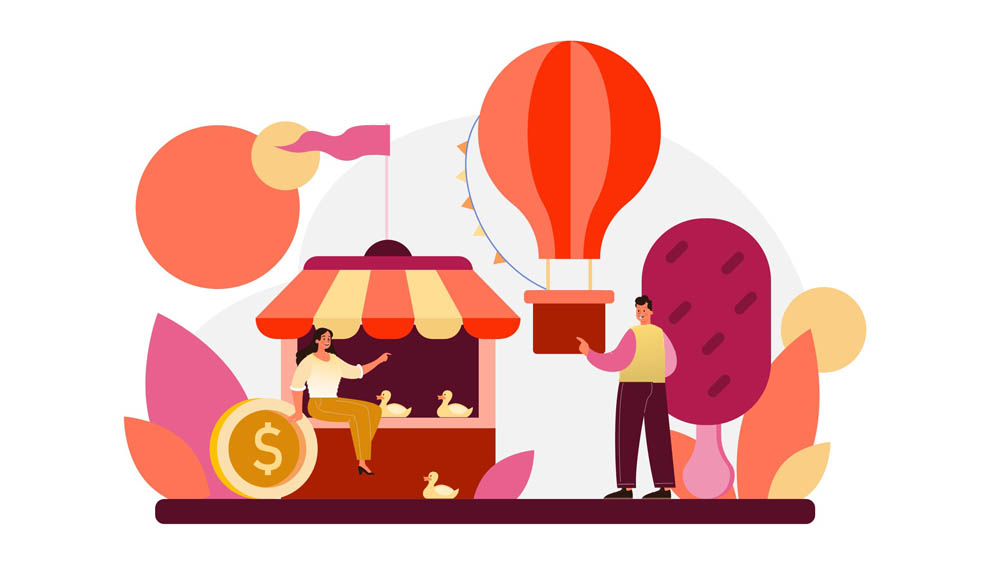
1) Tradeshows are Back
I’ve heard many of my peers in marketing leadership declare that tradeshows are dead post-COVID, but I don’t agree. SaaStr is a great example. With a relatively small exhibit space, we generated dozens of well qualified leads with buyers that were in an active purchasing cycle. Don’t assume because your audience is active on digital channels that they don’t want to engage IRL.
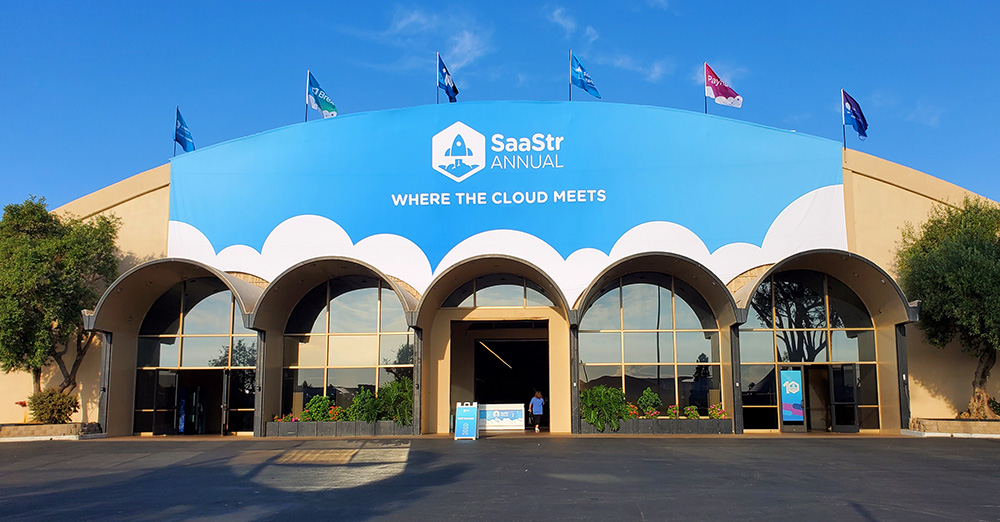
This year’s SaaStr got caught up in a bit of time warp. It was no question that we are in 2022. Covid concerns have subsided and SaaStr drew big crowds that in 2021 would have been superspreader. But the atmosphere felt more like 2021 with exhibitors spending big bucks to attract attention.
Back in January, Sand Hill Road declared that the party was over. “Inflation is out-of-control.” “War is coming in Europe.” “Supply chains are still recovering from the COVID hangover.” VCs told their portfolio companies that “We won’t be investing at 100X multiples any longer.” “Valuations are coming down and it’s going to be a few years before we can get back to growth at all costs again.” “Stop thinking about how many sales people you can hire and start focusing on OG strategies like cash flow and operating efficiency.”
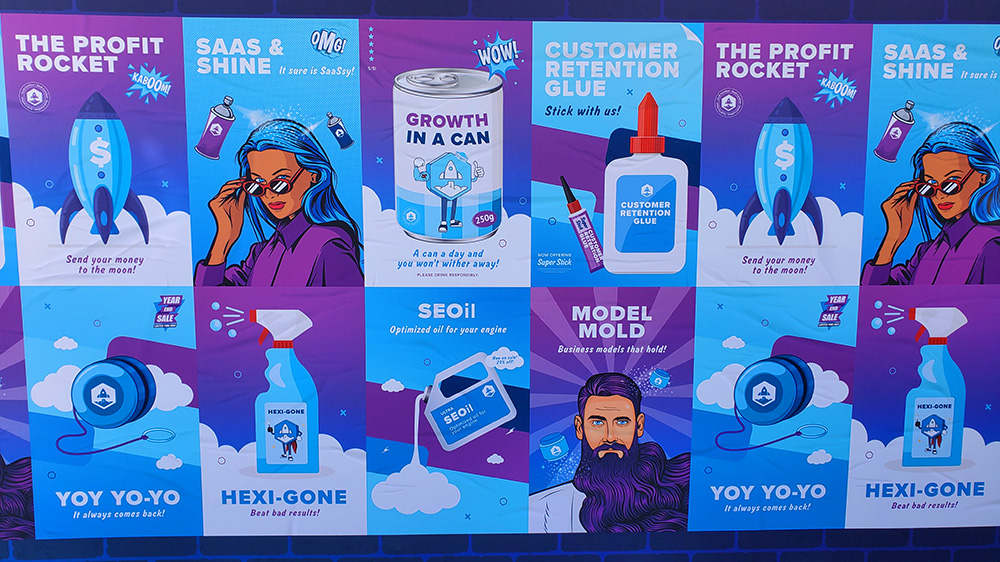
However, you would not have guessed there was any “economic downturn” if you went to SaaStr this year. There were 20,000 attendees and exhibitors spent crazy money to get their attention. I suspect many of sponsors had locked into commitments for booth space, meal sponsorships, and swag long before the message about cutting back on spend got relayed to the marketing team.
2) Go Big or Go Home
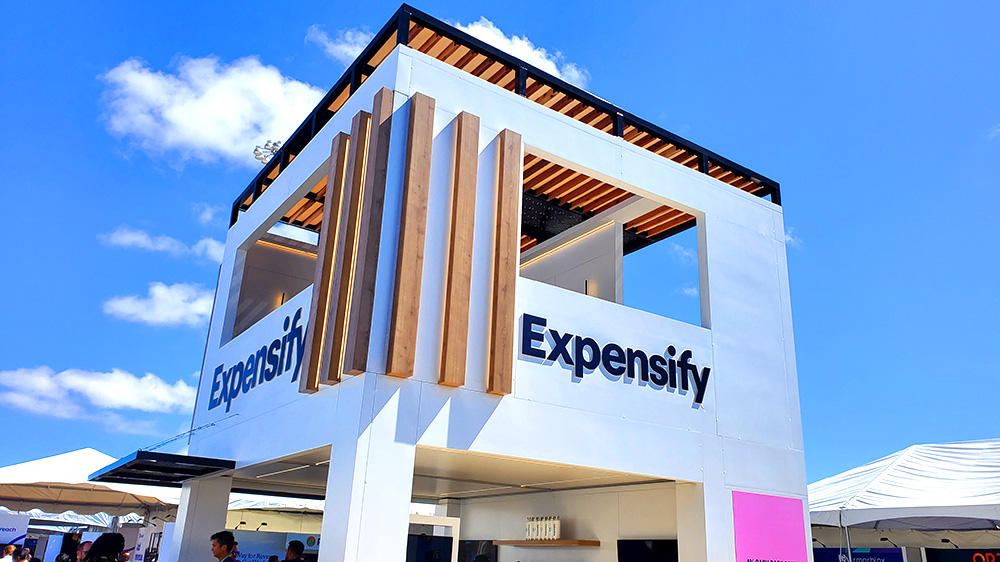
The top sponsors had supersized booths that rivaled most McDonalds in square footage.
Expensify was one of the top sponsors. Flush with the $70M it raised in its IPO last year, they went all out at SaaStr. Their ginormous booth looked like something listed in the Airbnb treehouse category. But Expensify was actually just a third tier sponsor.
Payhawk was tier 2 “Unicorn” and Brex was the overall number one seed at the “Decacorn level.” Who would have thought that expense reporting, corporate cards, and spend management would headline a show with the world’s most innovative tech companies? Boring is in!
BTW, the top three tiers of sponsorship for SaaStr Annal were listed at $500K, $350K, and $275K.
3) Two Types of Foot Traffic
There is no perfect booth location. SaaStr was held outside, which meant some booths were in the sun while others were in the shade. Some were near stages where presentations were happening while others were near food stations where people were congregating.
Regardless of how early you picked in the booth lottery and where you ended up, you cannot rely on foot traffic to your booth to drive all your leads. You need to make your own foot traffic and go mobile. Several exhibitors had human billboards walking the floor. Dressed in matching apparel, teams of 4 or 5 walked in unison and uniform drawing attention to their outfit and their message.
What do you wear to stand out amongst a crowd of 20,000 techies in flip flops and hoodies? Many exhibitors wore the standard-issue tradeshow t-shirt. Not everyone settled for the mass-printed, CustomInk t-shirt in their primary brand color with the company tagline on the back.
Some took their ts to the next level with more aggressive messaging like:
- “I got 99 problems and <top of funnel> ain’t one of them.”
- “Talk to me about <getting on the 1st page of Google>.”
- “All I do is win.”
Some went tropical with matching Hawaiian shirts. Others had football jerseys created in their company colors. The uniform is much more impactful if you make sure to always walk in groups of 4 or 5 team members. One sponsor had a team walking the floor with eye-catching, super-shiny gold jackets. Financial planning software Jirav had a giraffe walking around. Turns out it was someone dressed up as a giraffe and not a real giraffe.
Warmly, the virtual business card for Zoom, had someone walking the exhibit floor with a huge cardboard sign mounted to his back and a QR code to scan. Another company rented a golf cart and was driving through the exhibit with a megaphone promoting their happy hour.
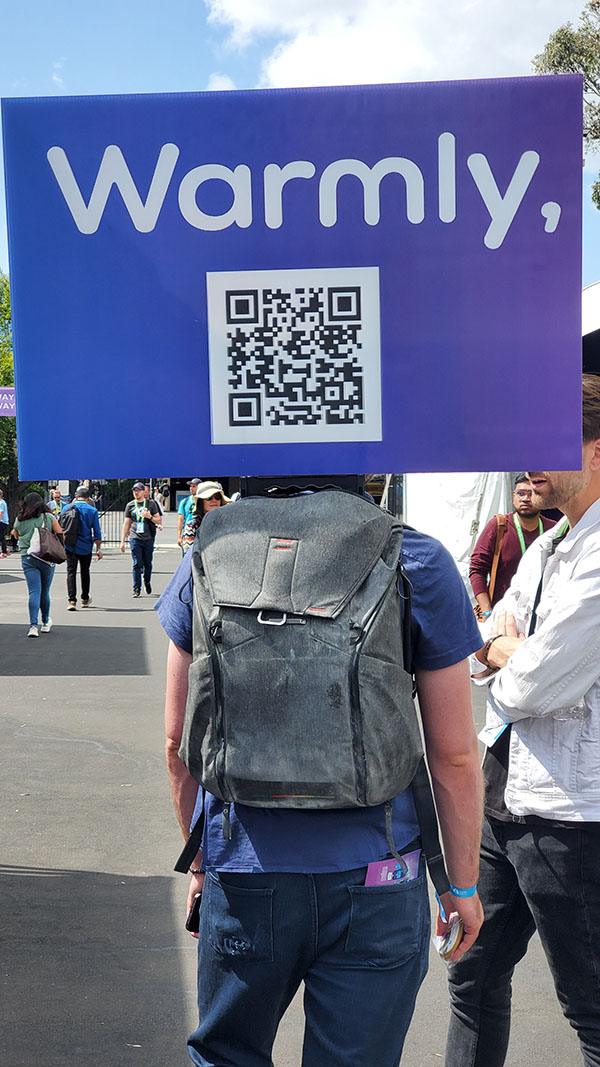
4) Score High at Game Time
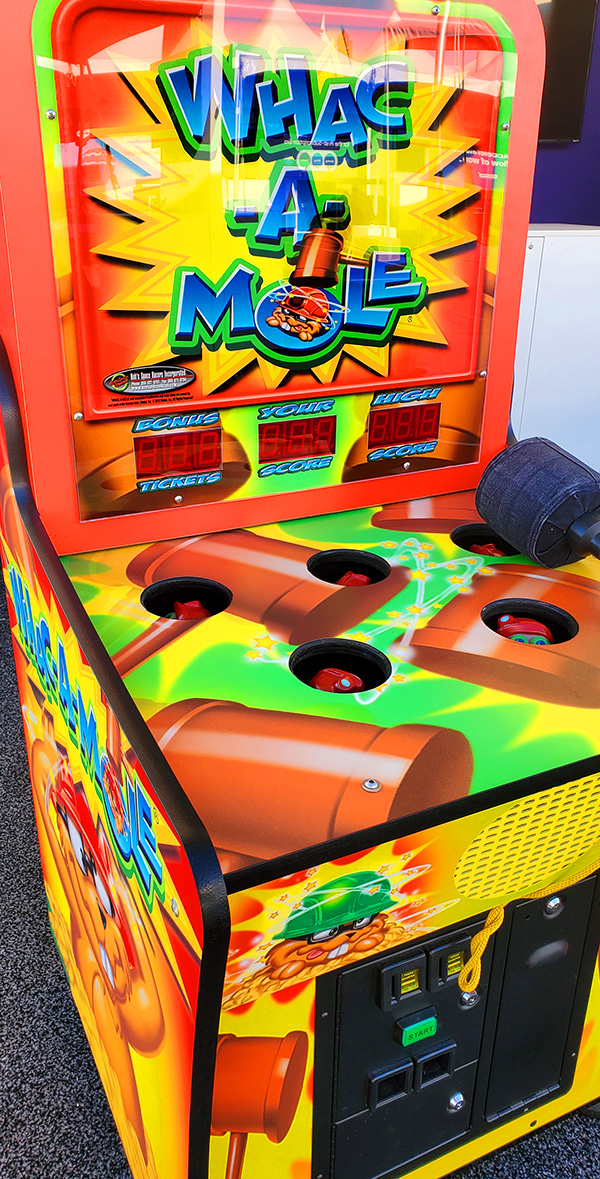
Booth traffic peaked during meal breaks and happy hours as attendees congregated around food stations and mingled with exhibitors. To draw people in many booths had carnival games like ringtoss and whac-a-mole. Others had corn hole and bean bag tosses. Upflowy rented a claw-machine stuffed with dozens of plushy unicorns.
I was surprised to not see any Jenga, Connect Four, Battleship, checkers and chess. Supersized board games are always winners at tradeshows. Attendees know the game already so there is a lower intimidation factor. And unlike most carnival games that last only 30 seconds, the traditional board games average 5+ minutes so you can have a more meaningful conversation with the prospect.
Profitwell, following their recent acquisition by Paddle, hosted an 80s-era video game arcade with Pacman and others. Retro video games like Donkey Kong, Galaga, Frogger, Space Invaders, and Asteroids are always a draw – especially with the Gen Xers in the crowd.
5) Cater to the Foodies
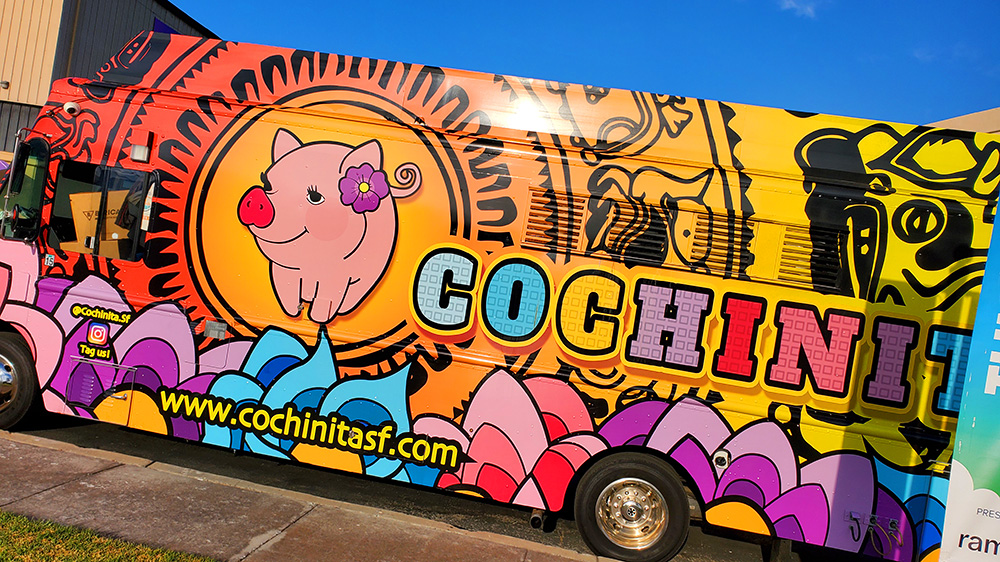
SaaStr had about a dozen different food trucks on-site for breakfast and lunch. Attendees queued for upwards of 30 minutes to eat.
But with such a large crowd there were several times when they ran out of food. Apparently, SaaStr took the VC message around cash flow and efficiency to heart.
Nonetheless, that played well for exhibitors who were offering snacks at their booths. Deel, for example, which earlier this year claimed the prize of fastest to grow to $100M ARR, was one of the exhibitors with food. They stocked a freezer full of an assortment of Mochi ice cream to draw in the crowd.
However, my vote for the best food item goes to Outreach which had an “edible photo booth.” Booth staff took a selfie of you and then printed it atop the icing on a cookie.
While it drew a big crowd, the cookie printing process took about 10 minutes. A few people hung around the booth to wait, but most moved on with plans to return later for the cookie.

If you are tempted to indulge in a selfee booth at your next event, it is available in 8 US cities. Rental of a 12 foot table for 3 days costs $33,000. In addition to cookies, Selfee also offers edible selfie iced lattes, marshmallows, and macarons.









